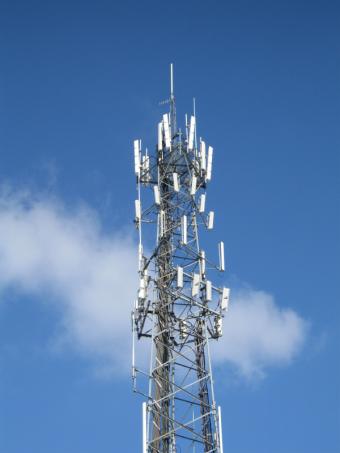A Brief Mobile Phone Timeline

Beginning Technology

Not Practical

Vast Improvements

Not ''Just'' a Phone

Free Phones

What the Future Holds

© 2024 LoveToKnow Media. All rights reserved.

The technology for mobile phones started in the 1940s and was used in communication devices for taxi drivers, truckers, and emergency vehicles. The timeline of mobile phones is short and full of rapid advances.

The first mobile phone (known as the First Generation or 1G) didn't appear on the market until 1983 when it was presented by Motorola Company. They were, of course, nowhere near as reliable as our phones today (even if you do get the occasional annoyance of dropped calls) and used analog signals. They weren't as mobile as our phones today, either, as they were attached to the floorboards of cars.

The first portable phones were still cumbersome, as big as a briefcase, and expensive.

With the 1990s came the Second Generation (2G) phones that used digital signals, were smaller, and used less battery power to operate. They were also cheaper (around $200.00), taking cell phones one step closer to convenience for the average caller.

Current technology is known as Third Generation (3G) and still uses digital signals. This step takes cell phones much beyond "just a phone." With Third Generation technology, you can send emails, texts, and pictures-you don't have to actually call anyone to communicate. Smart phones entered the market and became popular.

Prices have also dropped since the days where it'd cost $200.00 to get a phone. If you are willing to sign a contract with a company, you could even walk out of the store with a free phone.

Fourth Generation phones are the immediate future, though who knows what Fifth and even Sixth Generation phones may be able to do. Fourth Generation models will make communication-including Internet use-even faster and less expensive.